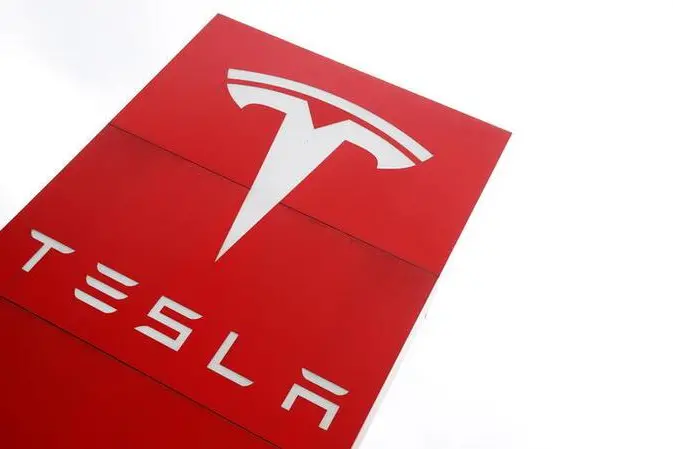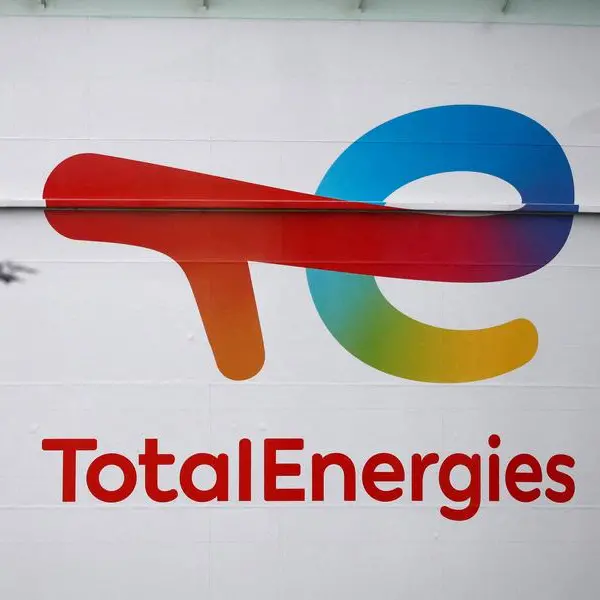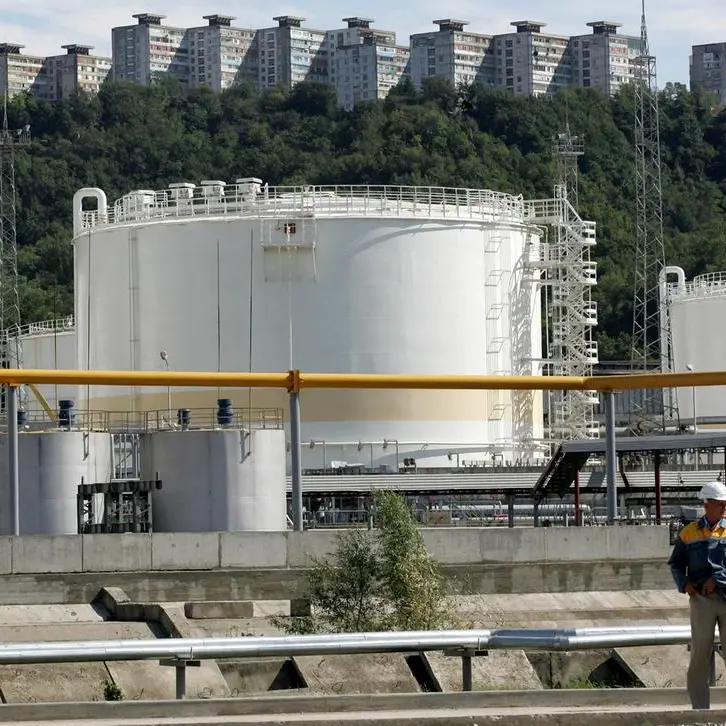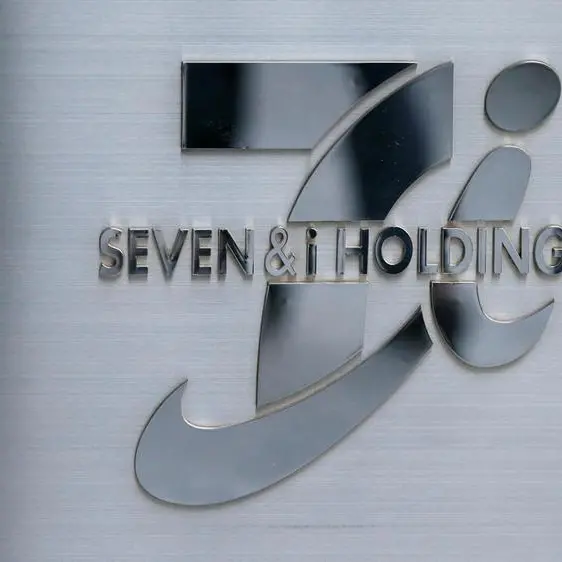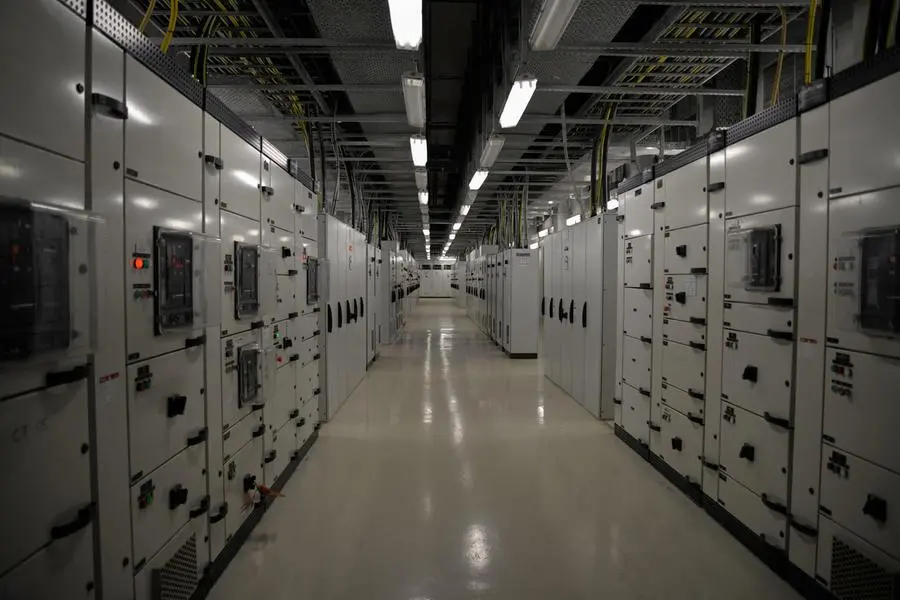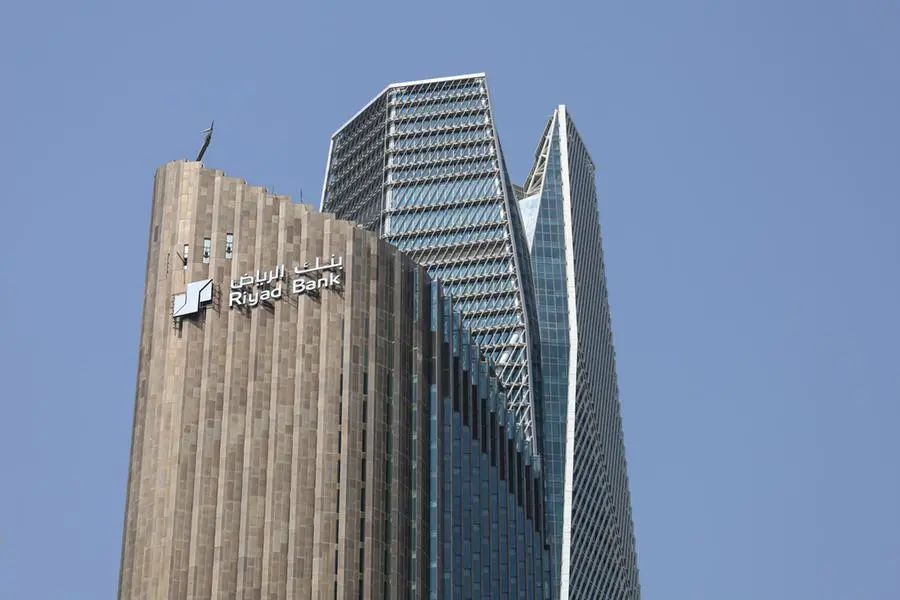PHOTO
Tesla, an American electric vehicle and clean energy company, is projected to deliver 1,544,402 vehicles in 2022, growing 64.9% from last year’s figure.
Notably, if the target is met, it will be the first time deliveries surpass the one million mark in a year. The estimate factors in Tesla’s historical year-over-year percentage growth average between 2014 and 2021 alongside the expected increase in production due to operations from new plants in Texas and Berlin.
Data acquired by Finbold indicates that Tesla’s 2021 deliveries stood at 936,172, growing 87.4% from 2020’s figure of 499,550. Since the company began delivering electric vehicles in 2014, the highest annual growth was registered between 2017 and 2018 at 137.8%, from 103,100 to 245,200.
Tesla continues to increase its annual deliveries as demand for electric vehicles increases globally. Amid the surging demand, the company is on an ambitious expansion drive that will likely spur growth in production and deliveries.
Tesla’s steady increase in annual deliveries has emerged despite facing constraints from the global supply and logistics related to the pandemic. The company has continued to ramp up production in recent months, especially at its first overseas factory in Shanghai. Additionally, Tesla also made technical changes to the cars produced in California to ditch some parts.
Overall, Tesla deliveries are one of the most closely watched metrics for the company. The metric usually underpins the company’s financial results and highlights the market’s demand for electric vehicles.
Tesla had previously stated that it plans on increasing its deliveries by about 50 percent every year. Although the company didn’t hit the one million shipments, it has still surpassed its annual growth goal.
Tesla managed to shatter delivery records in 2021 despite the global semiconductor shortage. The shortage due to supply chain constraints crippled production amid rising demand. However, the company designs chips in-house, an advantage over other competing automakers. The firm also reprogrammed software to use less scarce chips.
Furthermore, the projected deliveries are part of Tesla’s push to take electric vehicles into the mainstream. As part of achieving this growth, Tesla is expected to start production at its new factory in Austin, Texas, this year.
At the factory, the company will begin producing its Model Y crossover vehicle. The production is also expected to increase with the full operations at the Berlin plant following delays witnessed late last year due to environmental hurdles.
Like the past demand, Tesla is also likely to benefit from the increasing shift towards electric vehicles due to climate regulation in various jurisdictions. For instance, like most European countries, states like California are establishing a date by which they will ban sales of most gas-powered vehicles. Notably, Tesla has established itself in these markets, and it’s bound to benefit.
Additionally, the production of the Cybertruck is expected to accelerate Tesla’s deliveries, especially with manufacturing expected to start soon amid increasing demand.
Notably, Tesla CEO Elon Musk has announced the completion of engineering work despite not offering a clear production plan at launch. With operations at the Texas and Berlin plants expected to start in Q1 2022, there is hope production will begin in the near future.
According to our previous report, as of May 25, 2021, the estimated Cybertruck pre-orders stood at 1.08 million. Interestingly, the figure is higher than the company’s total deliveries for last year. As of Q4, 2021, a Cybertruck reservation tally stands at 1.33 million, according to publicly available crowdsourced data.
Elsewhere, Tesla’s deliveries were also aided by the continued dominance of the battery electric vehicle sales in the US However, the company is expected to face competition from traditional manufacturers increasingly investing in their EV wings.
Copyright 2022 Al Hilal Publishing and Marketing Group Provided by SyndiGate Media Inc. (Syndigate.info).
Disclaimer: The content of this article is syndicated or provided to this website from an external third party provider. We are not responsible for, and do not control, such external websites, entities, applications or media publishers. The body of the text is provided on an “as is” and “as available” basis and has not been edited in any way. Neither we nor our affiliates guarantee the accuracy of or endorse the views or opinions expressed in this article. Read our full disclaimer policy here.
